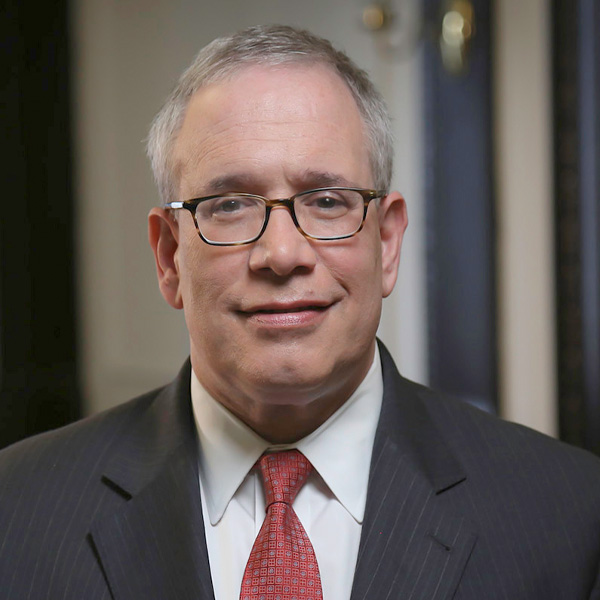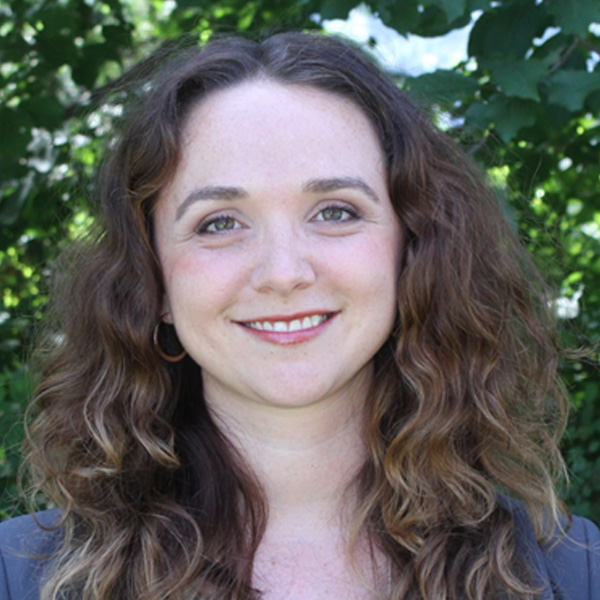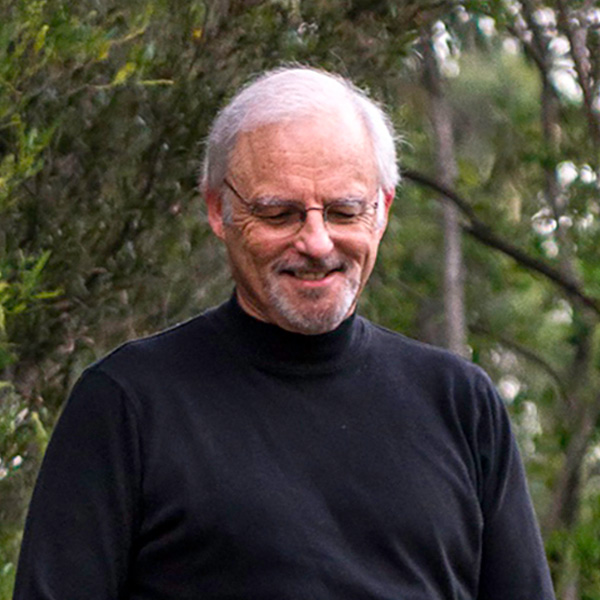Early Learning Nation explores the world of early learning by connecting with advocates, community leaders, early learning professionals, parents and caretakers, national policymakers and scientists.
In our new series, six top voices from the field will discuss a single topic through many lens. This month’s topic? Play. Here are our experts:
  Kathy Hirsh-Pasek and Roberta Michnick Golinkoff Kathy Hirsh-Pasek and Roberta Michnick GolinkoffKathy Hirsh-Pasek is the Stanley and Debra Lefkowitz Faculty Fellow in Psychology and Director of the Infant Language Laboratory at Temple University; she is a Senior Fellow at the Brookings Institution. Roberta Michnick Golinkoff holds the Unidel H. Rodney Sharp Chair in the School of Education at the University of Delaware; she is a member of the Department of Psychological and Brain Sciences and the Department of Linguistics and Cognitive Sciences. |
Kathy Hirsh-Pasek and Roberta Michnick Golinkoff: Playful Learning Landscapes
Playful Learning Landscapes lie at the juncture between architectural design and the cognitive science of learning. A novel, sustainable and scalable way to address issues of inequity, Playful Learning Landscapes offer opportunities for families to “exercise their minds” while having fun in everyday places. Bus stops become infused with puzzle benches that support STEM learning in science, technology, engineering and mathematics. Sidewalks become opportunities to play math games. Libraries can have “letter” rock climbing walls where children build words as they ascend to the top and theaters that allow children to enact plots of their favorite books. And parks can include human-sized board games that engage families in a series of STEM activities replete with dice refashioned to teach fractions rather than the traditional 1 to 6 dots. Video: How did play become a four-letter word? Part 1 Video: Say what? Measuring children’s language skills. Part 2 |
  New York City Comptroller Scott M. Stringer has spent his career in public service. He was elected to the New York State Assembly in 1992, where he represented Manhattan’s West Side for 13 years. In 2006, he became Manhattan Borough President, and in 2013, was elected Comptroller. |
Scott Stringer: Playground Deserts
Playgrounds are essential public spaces, offering children a place to socialize, learn, be active, and exercise their imaginations. And they are spaces that are supposed to serve as powerfully democratic institutions — places that are free to enter and open to all. But there are persistent and stark disparities in access to these critical public spaces. There are only two playgrounds for every 10,000 children in New York City — ranking us 48th among the nation’s 100 largest cities. We need to overhaul the planning, construction, and maintenance of our playground system because we’re just not building enough playgrounds to meet the needs of our growing population. My solution is to build 200 new playgrounds in the next five years and construct playgrounds mid-block on lightly used residential blocks. This is a proven model, with examples in parts of central Brooklyn including the St. Marks Superblock playground in Crown Heights designed by I.M. Pei. We have the opportunity to make a major impact on the lives and health of our children by creating safe, well-maintained public playgrounds. If we put our minds to it, we can create new spaces for our children to play and thrive. |
  Geetha Ramani Geetha RamaniGeetha Ramani is Associate Professor in the Department of Human Development and Quantitative Methodology, College of Education, University of Maryland-College Park. |
Geetha Ramani: Play Counts in Math Learning
Playful math activities are more than just fun and games; they are meaningful opportunities for young children to learn and develop foundational math skills. We have found that when children play games with numbers, it can help them practice their math skills, like counting the number of spaces to move, identifying numerals on a spinner and determining which numbers are more than less than each other. It can also be a great time for families and friends to talk about math to support children’s math learning. For example, think about the popular children’s card game of War. During this game, the players can talk about the numbers on the card, who has the card with the higher number and which player has more cards. And when children play with toys, like blocks and puzzles, it can help build their spatial reasoning, knowledge of geometric shapes, numerical knowledge and problem-solving skills. Video: You want to teach math? Play Games! |
  Marley Jarvis Marley JarvisMarley Jarvis is an Outreach and Education Specialist at the Institute for Learning & Brain Sciences (I-LABS) at the University of Washington. She translates and delivers accessible information about the latest research in early learning and brain development to members of the early learning community, including parents, child care providers, educators and policymakers. |
Marley Jarvis: Brain Building Through Play
Play is an important part of children’s early learning, but it can also be a remarkable unifier. Research shows that doing things together, especially in unison, increases feelings of closeness and similarity between people. For example, in a study here at the Institute for Learning & Brain Sciences, we found that pairs of children who swung on a swing set in synchrony cooperated with each other better directly afterwards. Why would synchronous play have this kind of pro-social effect? We think the answer lies in the brain. Humans are fundamentally social beings. Our brains are wired to learn from other people from the time we are born, and we learn best from people we feel similar to. Interestingly, moving in unison seems to support this sense of connection. So get out and play together! Whether you’re moving in synchrony through swinging, playing music, dancing, or building a fort together, playing with others builds relationships. These relationships, in turn, help us learn: it’s how our brains are wired. Article: Synchronized Movement: The Story Behind a Prize-Winning Video on Preschool Behavior |
  Kasper Ottosson Kanstrup Kasper Ottosson KanstrupKasper Ottosson Kanstrup is Vice President of Focus Geographies at The LEGO Foundation. |
Kasper Ottosson Kanstrup: Learning Through Play
In this reality that demands the physical closure of schools, distance learning is the safest and most feasible solution to help children continue learning away from the classroom. The LEGO Foundation believes that distance learning is much more than packaging learning content for remote delivery. The more playful, engaging and creative distance learning can be made, the more effective for students. Learning through play has long established benefits of empowering children to be creative, engaged and lifelong learners, as it helps foster their social, emotional, cognitive and critical thinking skills. To create a playful and creative distance learning environment, parents and educators can vary the amount of guidance, structure, choice and self-direction within children’s playful interactions, in order to meet their needs and develop their skills and confidence. While free-play can enable children to better connect with their teachers, parents and peers around them; guided-play can help children understand how to make their own choices; and more structured, direct-play is a good approach to introduce subjects, ideas and activities that are new to learners. By incorporating a wider spectrum of play facilitation, we are helping to ensure that children continue to sharpen their learning skills even outside the classroom. Thus, as we begin to encourage more playful and actively engaging pedagogies in distance learning, students will, in turn, be able to take greater agency over their own learning. Video: The Role of Play in Early Learning |
  Richard Louv // Photo: John Johns Richard Louv // Photo: John JohnsRichard Louv is a journalist and author of 10 books, including “Our Wild Calling,” and “Last Child in the Woods.” He is co-founder and Chairman Emeritus of the Child & Nature Network. He was awarded the Audubon Medal in 2008. |
Richard Louv: Play as a Form of Enchantment
Play is a form of enchantment, bringing us out of ourselves and offering a deeper understanding of another creature, an expanded experience, and, when we reenter ourselves, maybe even greater wisdom. Our inner child (as some people used to say) does not go gently into assisted care. No matter how old we are or how sour life may taste, we still need someone to play with. And we need to play well with the others. Studies of play spaces for children emphasize this. Researchers have compared play on concrete playgrounds and natural play areas. Children playing in the natural environments are more likely to invent their own games, and more likely to invite other children of different races, cultures genders. When I was researching “Our Wild Calling,” I became curious about the role of play in the bond between humans and other animals, and I called Stuart Brown. A psychiatrist and founder of the National Institute for Play, Brown has spent years observing animals at play. Some animals continue to play; they retain some of their juvenile qualities; other animals (and some humans) do not. Humans are “the Labrador retriever of primates,” he says. He meant that in a good way. In an increasingly stressful society, many of us need to be reminded to play more and we need to relearn how. Which may be one reason that so many people now share their homes, yards, streets and parks with Labrador retrievers. Article: The Benefits of Wet Hands and Muddy Feet |



